Educator Case Study
Advancing Global Citizenship Through The Power Of Film
We’ve seen the power of visual storytelling in the classroom first-hand. When SIMA set out to create our educational film program, SIMA Academy, it was anything but on a whim. We saw the way audience members reacted to our content. We witnessed people talk for hours after a screening, not because they could, but because they felt compelled to. We watched timid teenagers have the courage to stand up in front of adult audiences and speak out about social issues because a screening equipped them with knowledge and confidence to add their voice.
SIMA Academy was built on this foundation. The content was there, the students were there, what was left was learning how to connect the two. That’s where our lesson plans came in. We wanted to deviate from the traditional lesson plans you find in educational settings that typically don’t transcend the classroom walls. Instead, we developed very specific post-screening action-based activities that could take the place of lesson plans — or rather — be incorporated to advance them. This, in turn, would help students develop the passions, outlooks and skills to engage in improving our world and their own communities. SIMA was inspired by the power of local community leadership so it was only natural for that to blend into our educational programming.
Recently, we caught up with the very first educator to use SIMA films in the classroom.
Michelle Bernstein has been an educator at New Roads High School in Santa Monica, California for nearly 10 years. What started as a part-time immersion into the world of education slowly but surely developed into a full-time Directors position. Her students’ experience with SIMA films inspired the following Lesson Plan now being utilized with SIMA Academy across 47 campuses in Los Angeles alone.
SIMA CHALLENGE: 2030 Impact Campaign: Educators select a number of films to screen in class. Students evaluate each film and collectively select one film to build an impact campaign around. After designing their impact campaign as a group, the students then execute it in their own communities.
As an educator, what do you look for in these films?
Bernstein: My students like to follow distinct characters, and personal journeys that are very emotional. Stories they can empathize with on the human level. They shy away from talking heads — they gravitate towards characters and human stories. I’ve been more deliberate to choose films based on message as opposed to being polished and critically acclaimed.
What trends have you noticed in the way that your students evaluate and select their ‘chosen’ film?
Bernstein: We got into a heated discussion during class because the kids liked a certain film and some thought it was much too long and too “polished.” I’ve noticed that they prefer citizen journalism. Stories on the ground. They’re completely receptive to all stories but they see right through the fabrication of filmmaking. This is their second year creating a campaign like this. Both years have resulted in very different stories — but with the same immediacy and rawness. There’s a purity about both which they really loved.
What did your students take away from this process?
Bernstein: They are no longer passive audience members. With SIMA docs, you develop conversation that doesn’t come from other documentaries or media formats. They inform you about a corner of the world you didn’t know about and they inspire you to learn and talk about it, as opposed to how to feel about it. The dialogue is what helps guide the learning process.
What did your students decide to do in their community?
Bernstein: For the presentation, they decided to give back to the community and the only time they had to do that was during the New Roads Town Hall Meeting. The first year they chose NOT ANYMORE: A STORY OF REVOLUTION because they were really impacted by that film. They had a visceral reaction to it and felt like they were right there on the ground in Syria. Their campaign was to inform other students about what was happening. They did a 20 minute presentation and had a bake sale. They raised roughly $200 and donated it toSave The Children.
What lasting impact have you seen from this?
Bernstein: Prior to showing the film at the school, not a lot of students knew about what was going on in Syria and they weren’t really talking about it in any of their other classes. These conversations — they don’t just end when you watch a doc. Now I hear about Syria all the time. The conversation about it has poured over into their other classes and now the students talk openly about it. The film and the opportunity to present it really had an impact in our community.
What advice can you give other educators who are new to using documentaries in the classroom?
Bernstein: The truth is — a lot of educators are short on time and we have our own lesson plans and goals. But these films are full of so much value, it’s worth budgeting in the space and time. They’re not your ordinary docs, they’re coming in from all over the world. They’re underdog stories and undiscovered stories. They will add so much value to the classroom. What I recommend — as an educator — is to make the time. It will be worthwhile and will enrich your classroom and allow for dialogues that are meaningful and impactful that will carry on after the classroom. It’s been a year since we screened NOT ANYMORE: A STORY OF REVOLUTION in our community and people are still talking about it.
Bernstein’s students presented and campaigned in their community on May 6th around the SIMA Academy title, SEEDING FEAR by Craig Jackson. This 11 minute doc recounts the David vs Goliath tale of Michael White vs Monsanto in a rural corner of Alabama.
Student Testimonials
“This has been one of my favorite classes because of what we do. Watching and learning about these films has also made me want to act more on the injustices. Evidently these topics are talked about in classrooms, but if we were able to show the documentaries it would vastly improve our conversations.”
“This has shown me what real responsibility is. I think that I have grown as a sophisticated human being and I have learned a lot about serious topics and problems that people have to face every day around the world.”
“I became so captivated. I can’t watch a film or documentary the same way now. I am surprised at how much these stories have made me reflect on my own life and my own choices and how I can affect people living on the other side of the world just from watching these films.”
“Many of the films truly changed the way I view the world and inspired me to take action, whether it be speaking out against social injustice over social media or joining a non for profit organization to work hands on with the victims of oppression. By having such a personal, engaging glimpse into the problems of the world, I was able to understand their urgency, a deeper understanding than I ever could have achieved reading a text book. Film is a vital learning tool as it educates by tapping into the students emotions and empathy. Very few experiences in the classroom are able to offer such a personal and in depth understanding.”
“When you actually see an inspiring film, it touches you in no way possible by other forms of media. You can feel inspired and have a connection with someone across the world, thus leading to a more global way of thinking.”

